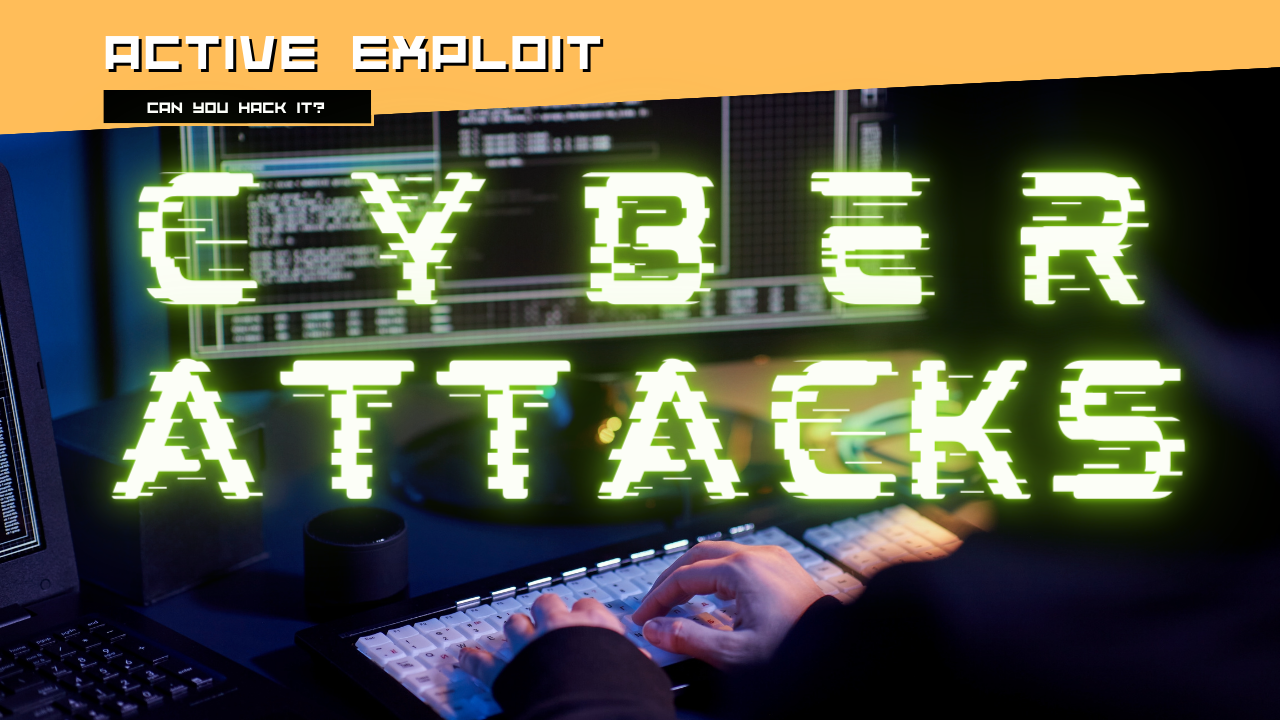Examining real-life cyber attacks helps illustrate the various methods used by attackers and the potential impact of these breaches. Here are some notable examples of cyber attacks that have occurred in recent years:
1. WannaCry Ransomware Attack (2017)
Description: WannaCry was a global ransomware attack that targeted computers running the Microsoft Windows operating system. The ransomware encrypted data on the infected computers and demanded a ransom in Bitcoin to decrypt the data.
Impact:
- Over 200,000 computers were infected across 150 countries.
- Critical infrastructure, including hospitals, banks, and telecommunications companies, was affected.
- The UK’s National Health Service (NHS) was severely impacted, leading to the cancellation of medical procedures and appointments.
How it Worked: WannaCry exploited a vulnerability in Windows called EternalBlue, which was developed by the U.S. National Security Agency (NSA) and leaked by the Shadow Brokers hacking group. Despite the release of a patch by Microsoft, many systems remained unpatched, allowing the ransomware to spread rapidly.
2. Equifax Data Breach (2017)
Description: The Equifax data breach was one of the largest data breaches in history, affecting the personal information of approximately 147 million people.
Impact:
- Names, Social Security numbers, birth dates, addresses, and some driver’s license numbers were exposed.
- Credit card numbers for around 209,000 people were also accessed.
- The breach resulted in significant financial loss and reputational damage for Equifax.
How it Worked: Attackers exploited a vulnerability in the Apache Struts web application framework used by Equifax. The vulnerability had a known patch, but Equifax failed to apply it in a timely manner. The attackers gained access to sensitive data through this unpatched vulnerability.
3. Target Data Breach (2013)
Description: The Target data breach compromised the credit and debit card information of millions of customers during the 2013 holiday shopping season.
Impact:
- Approximately 40 million credit and debit card accounts were affected.
- Personal information of about 70 million customers was also compromised.
- Target faced significant financial losses, including the cost of settlements and fines.
How it Worked: Attackers gained access to Target’s network by stealing credentials from a third-party vendor. They then installed malware on the company’s point-of-sale (POS) systems, which captured credit and debit card information during transactions.
4. Stuxnet Worm (2010)
Description: Stuxnet was a sophisticated computer worm believed to have been developed by the United States and Israel to sabotage Iran’s nuclear program.
Impact:
- Stuxnet specifically targeted Siemens PLCs (Programmable Logic Controllers) used in Iran’s nuclear facilities.
- It is estimated to have damaged around 1,000 centrifuges used for uranium enrichment, setting back Iran’s nuclear program by several years.
How it Worked: Stuxnet spread through infected USB drives and targeted specific industrial control systems. It exploited multiple zero-day vulnerabilities and was able to alter the operation of centrifuges while displaying normal operation readings to the operators.
5. SolarWinds Supply Chain Attack (2020)
Description: The SolarWinds attack was a supply chain attack that inserted a backdoor, known as SUNBURST, into SolarWinds’ Orion software, which was then distributed to thousands of the company’s customers.
Impact:
- Several U.S. federal agencies, including the Department of Homeland Security and the Treasury Department, were compromised.
- Many Fortune 500 companies were also affected.
- The attack led to significant concerns about the security of supply chain software.
How it Worked: Attackers believed to be associated with Russian intelligence services infiltrated SolarWinds and injected malicious code into the Orion software updates. When customers downloaded the compromised updates, the backdoor provided attackers with access to their networks.
6. Colonial Pipeline Ransomware Attack (2021)
Description: The Colonial Pipeline attack involved ransomware that led to the shutdown of the largest fuel pipeline in the United States.
Impact:
- The pipeline, which supplies nearly half of the East Coast’s fuel, was shut down for several days.
- There were widespread fuel shortages and price increases.
- Colonial Pipeline paid a ransom of approximately $4.4 million to the attackers.
How it Worked: The DarkSide ransomware group gained access to Colonial Pipeline’s systems through a compromised password. The ransomware encrypted data and demanded a ransom for its decryption. The attack highlighted vulnerabilities in critical infrastructure.
These real-life examples of cyber attacks demonstrate the wide range of tactics used by cybercriminals and the significant impact these attacks can have on individuals, businesses, and governments. Understanding these incidents helps in preparing and defending against future cyber threats. Implementing strong security measures, keeping systems updated, and educating users about cybersecurity best practices are essential steps in mitigating these risks.

